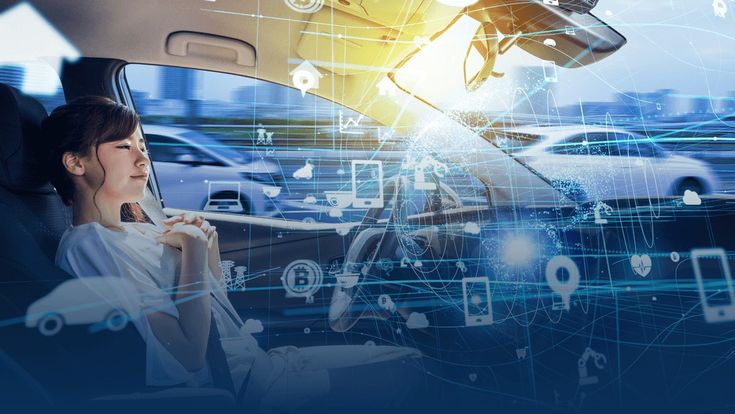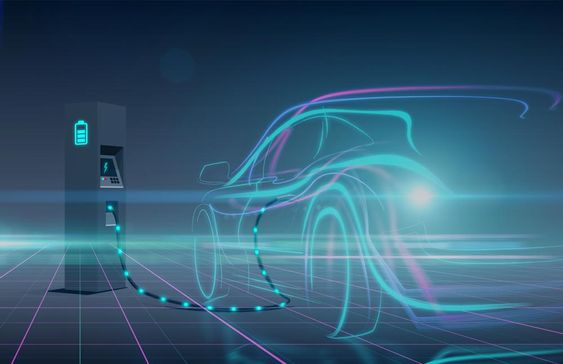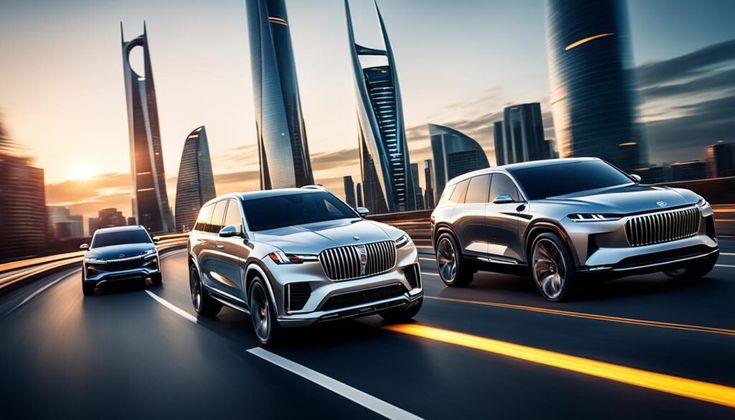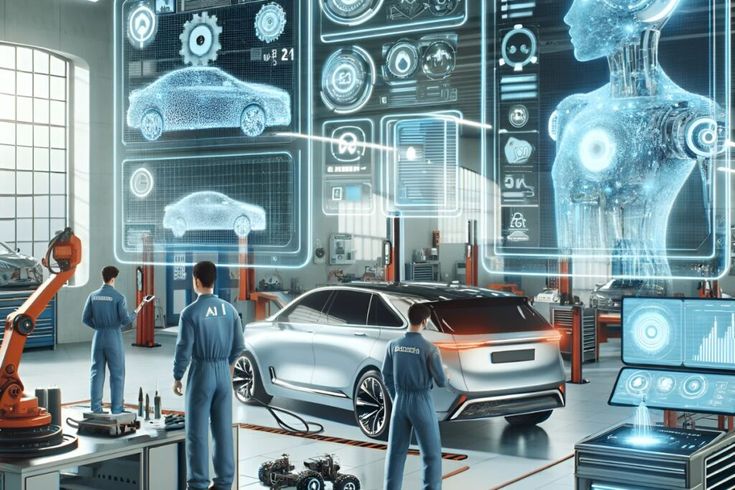Introduction:
Vehicle-to-everything (V2X) communication is revolutionizing the automotive industry, promising a future where vehicles can seamlessly communicate with each other, infrastructure, and pedestrians. This technology is poised to enhance road safety, improve traffic flow, and pave the way for autonomous driving. Recent advancements in V2X communication are pushing the boundaries of what's possible, bringing us closer to a connected and intelligent transportation system.

This blog post will delve into the latest developments in V2X communication, exploring the key technologies driving this progress and the potential impact on the future of transportation. We'll examine the benefits of V2X, the challenges it faces, and the exciting possibilities it holds for a safer, more efficient, and sustainable transportation ecosystem.
The Evolution of V2X Communication:
V2X communication has evolved significantly in recent years, with advancements in both hardware and software. Early V2X systems relied primarily on dedicated short-range communications (DSRC) technology, which operated on a specific frequency band. However, the emergence of cellular-based V2X (C-V2X) has opened up new possibilities, leveraging the existing cellular network infrastructure for wider coverage and greater scalability.
C-V2X offers several advantages over DSRC, including:
- Wider Coverage: C-V2X utilizes existing cellular networks, providing broader coverage than DSRC.
- Cost-Effectiveness: C-V2X leverages existing cellular infrastructure, reducing deployment costs compared to DSRC.
- Scalability: C-V2X can easily scale to accommodate a growing number of connected vehicles.
Key Applications of V2X Communication:
V2X communication has a wide range of applications, with the potential to transform various aspects of transportation:
- Enhanced Road Safety: V2X enables vehicles to communicate with each other, pedestrians, and infrastructure, providing real-time warnings about potential hazards. This can help prevent accidents by alerting drivers to blind spots, approaching intersections, and other critical situations.
- Improved Traffic Flow: V2X can optimize traffic flow by providing real-time information about traffic conditions, congestion, and road closures. This allows drivers to choose alternative routes, avoid congestion, and reduce travel time.
- Autonomous Driving: V2X is crucial for the development of autonomous vehicles, enabling them to communicate with their surroundings and make informed decisions. This includes sharing information about road conditions, traffic signals, and other vehicles.
- Smart City Applications: V2X can be integrated into smart city initiatives, enabling vehicles to communicate with traffic lights, parking systems, and other infrastructure. This can optimize traffic flow, reduce congestion, and improve overall city efficiency.
Challenges and Future Directions:
Despite the significant progress in V2X communication, several challenges remain:
- Deployment Costs: Implementing V2X infrastructure on a large scale can be expensive, requiring significant investment from governments and private companies.
- Privacy Concerns: V2X communication involves sharing sensitive data, raising concerns about privacy and data security.
- Standardization: The lack of a universal standard for V2X communication can hinder interoperability between different systems.
The future of V2X communication is bright, with ongoing research and development focusing on:
- Advanced Communication Technologies: Exploring new communication technologies, such as 5G and beyond, to enhance V2X capabilities.
- Artificial Intelligence (AI): Integrating AI into V2X systems to improve decision-making, optimize traffic flow, and enhance safety.
- Cybersecurity: Strengthening cybersecurity measures to protect V2X systems from cyberattacks.
Conclusion:
V2X communication is a transformative technology with the potential to revolutionize the transportation industry. Advancements in hardware, software, and communication technologies are paving the way for a connected and intelligent transportation system. While challenges remain, the benefits of V2X are undeniable, promising a future with enhanced road safety, improved traffic flow, and the emergence of autonomous driving. As V2X technology continues to evolve, we can expect to see even more innovative applications and a safer, more efficient, and sustainable transportation ecosystem.





